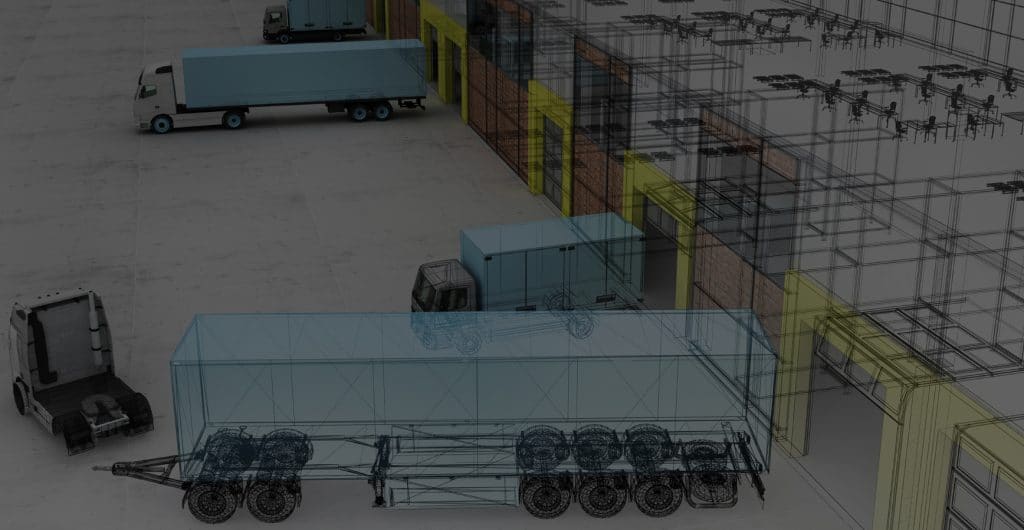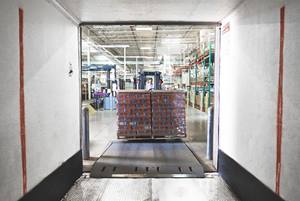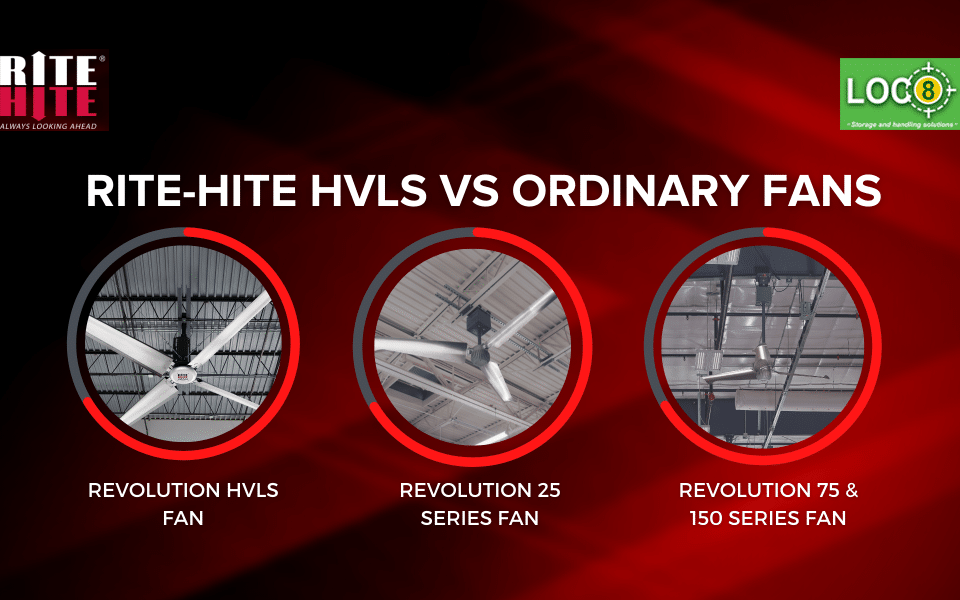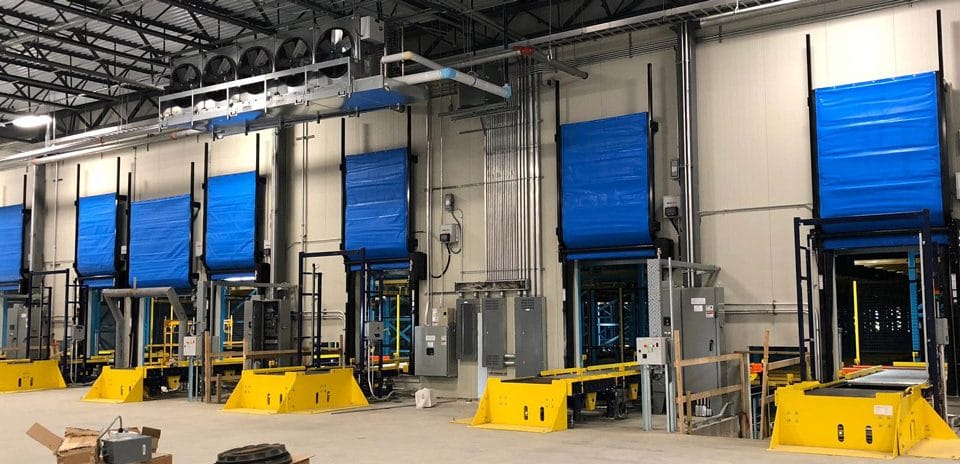
Approach-Vu
January 18, 2021
How to Cool Warehouse Spaces Without Air Conditioning
March 10, 2021Designing the right loading dock for your operation
There is no cookie-cutter approach to designing the right loading dock layout. Accounting for the truck drive approach outside of the building, the standard loading dock height and openings, and the right sized staging area can bring a new level of safety and productivity to your operations.
These areas should be closely analyzed to make sure they are designed and built correctly for the needs of the business and to help ensure safety and efficiency:
- The drive approach outside of the building
- The loading dock height and openings
- The staging area just inside the loading dock
Truck and Trailer Drive Approach
Truck drivers need adequate space to back in their long trailers. Safety and efficiency are both compromised without a long enough drive approach. And with today’s average tractor/trailer combined length reaching about 75 feet, a drive approach of 110 feet, which was typical in years past, won’t suffice with today’s longer trailers.
The American Trucking Association recommends that a drive approach should be twice the length of the longest tractor/trailer combination that visits a loading dock, plus an additional 5 to 15 feet depending on the overhead dock door centerlines. For example, a 75-foot tractor/trailer combo with 12-foot overhead door centerlines will need a drive approach of 165 feet (75 feet x 2 + 15 feet for the tight centerline).
The slope of the approach factors into the loading dock setup, as well. Many new big box buildings are built with a level or slight incline of about ½-percent over the first 50 to 75 feet for drainage considerations. This small incline often isn’t a problem and the building can be protected with modest bumpers near the bottom of the door.
However, decline approaches can lead to greater problems. In these decline drive approaches, the top of the trailer could come in contact with the building if the proper protection isn’t put into place. The easiest way to avoid this from happening is to set the loading dock wall back 1 inch for every 1% decline. An additional 1 inch of bumper will do the trick at the base of the wall.
Standard Loading Dock Height and Openings
The loading dock opening, where a door will be installed, is another important consideration based on the types of trailers that visit a facility. Many trucks are operating on smaller rim and tire diameters, which is translating into the need for different loading dock heights. It is important to understand what types of trucks and trailers the business expects at the loading docks.
Common dock heights based on trailer type:
- Dry trailers: 46”
- City delivery trucks: 46-48”
- Refrigerated trailers: 48-50”
- Inter modal and overseas containers: 52”
The height of the loading dock also affects the optimal leveler length. The longer the leveler, the less slope for material handling workers to maneuver in and out of the trailer. Planning for the right sized leveler and the concrete pit should be part of the building plan.
While loading dock heights are getting shorter, loading dock openings are getting wider. Trailer widths are typically about 8-½ feet; however, dock openings should be a little larger to provide an easier target for truck drivers and better access for fork truck drivers loading/unloading the trailer. In many cases, a 9 to 10-foot opening is the most ideal.
Size of Loading Dock Staging Area
The staging area, just inside the loading dock, is another area that should be carefully designed based on the trailers that are visiting regularly and the product being transported. If the trailer is a standard 53- to 57-foot over-the-road variety and carries full loads, it stands to reason the staging area needs a minimum of 53 to 57 feet to drop products. Most big box distribution centers build staging areas that are at least 75 feet deep to allow for forklift traffic and loading and unloading product
An important consideration in defining the staging area is where it begins in relation to the loading dock wall. Because most facilities won’t stack pallets of product immediately next to loading dock doors due to safety concerns, measuring the staging area from the end of the loading dock leveler is a safer practice. Some facilities like to have clear aisles set back at least 10 feet from the end of the leveler, which is why many big box stores have staging areas that often surpass an additional 20 feet inside the loading dock.
The Right Loading Dock Layout and Design
The proper loading dock arrangement for the task at hand is an important consideration early in the building design phase of construction. Take the time to understand the trucks and trailers that visit, examine the land around the loading dock areas, and spend time sizing the staging area properly for incoming shipments. For those who are charged with planning and designing industrial facilities with loading docks, take advantage of the expertise and knowledge that the dock equipment manufacturers have. For assistance on properly designing loading docks, contact LOC8 Representative today.
If you’d like to receive your personalized energy and cost savings assessment, please contact the experts at Loc8 (Loc8- +971 58 657 9823).






